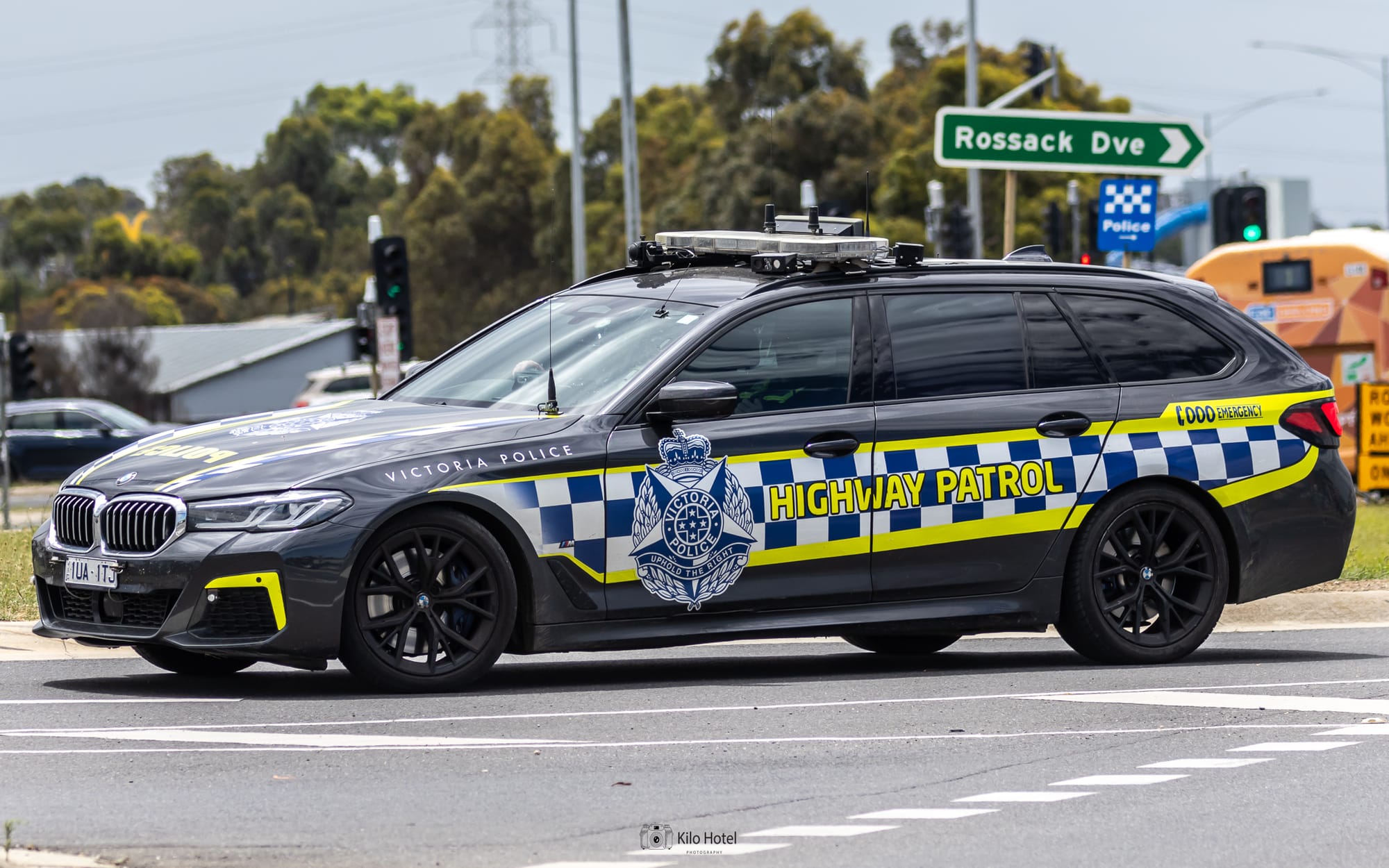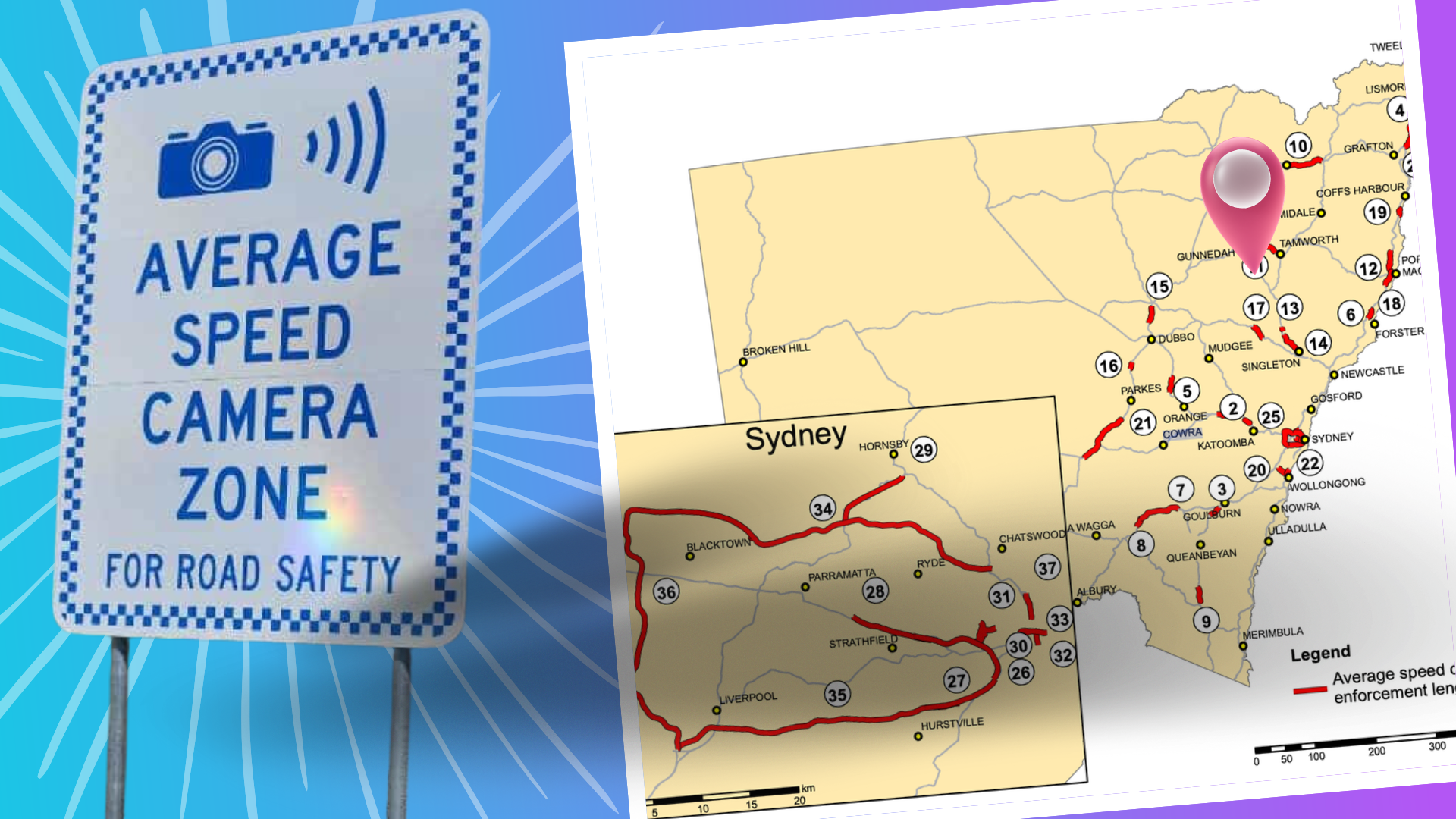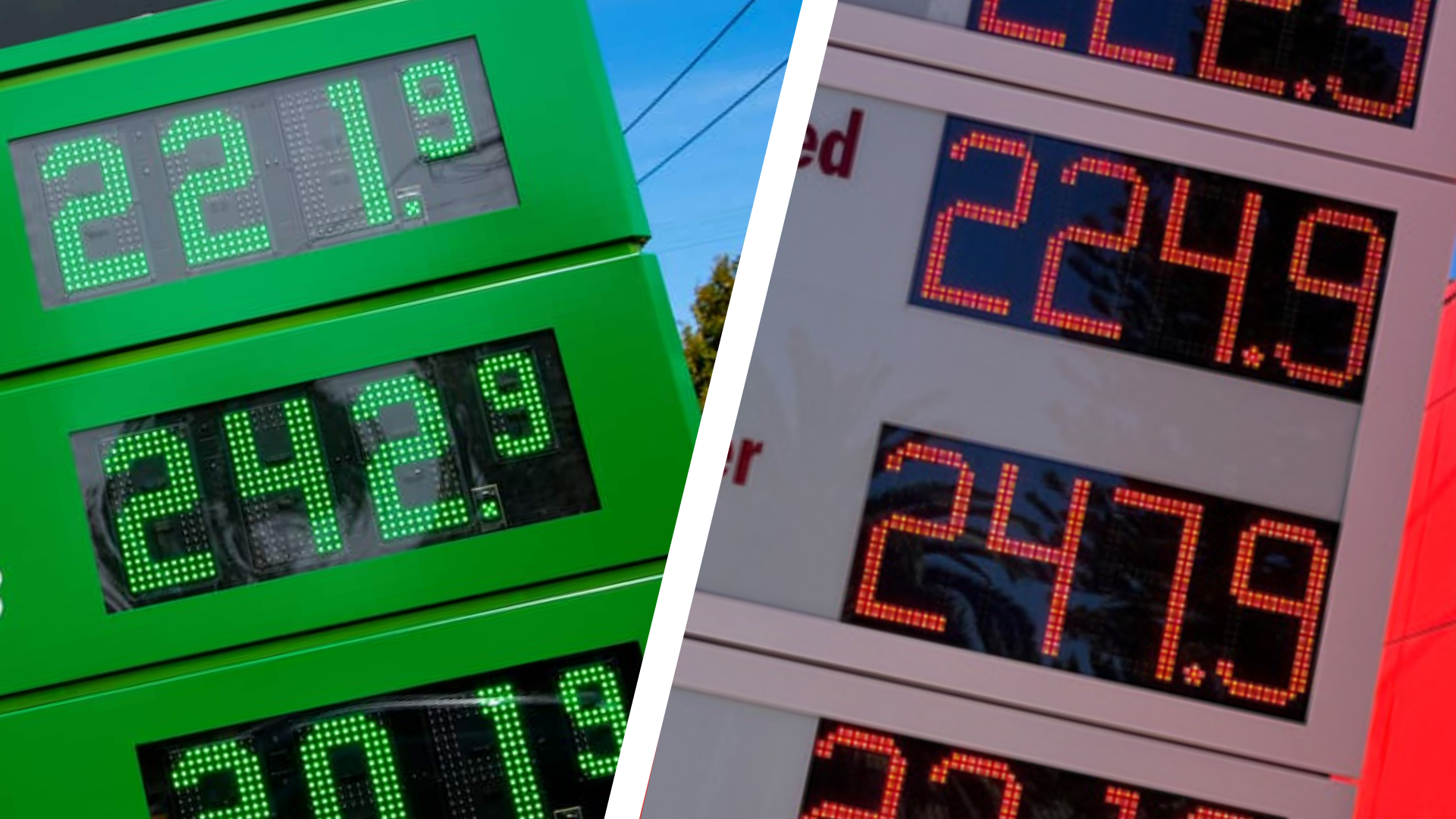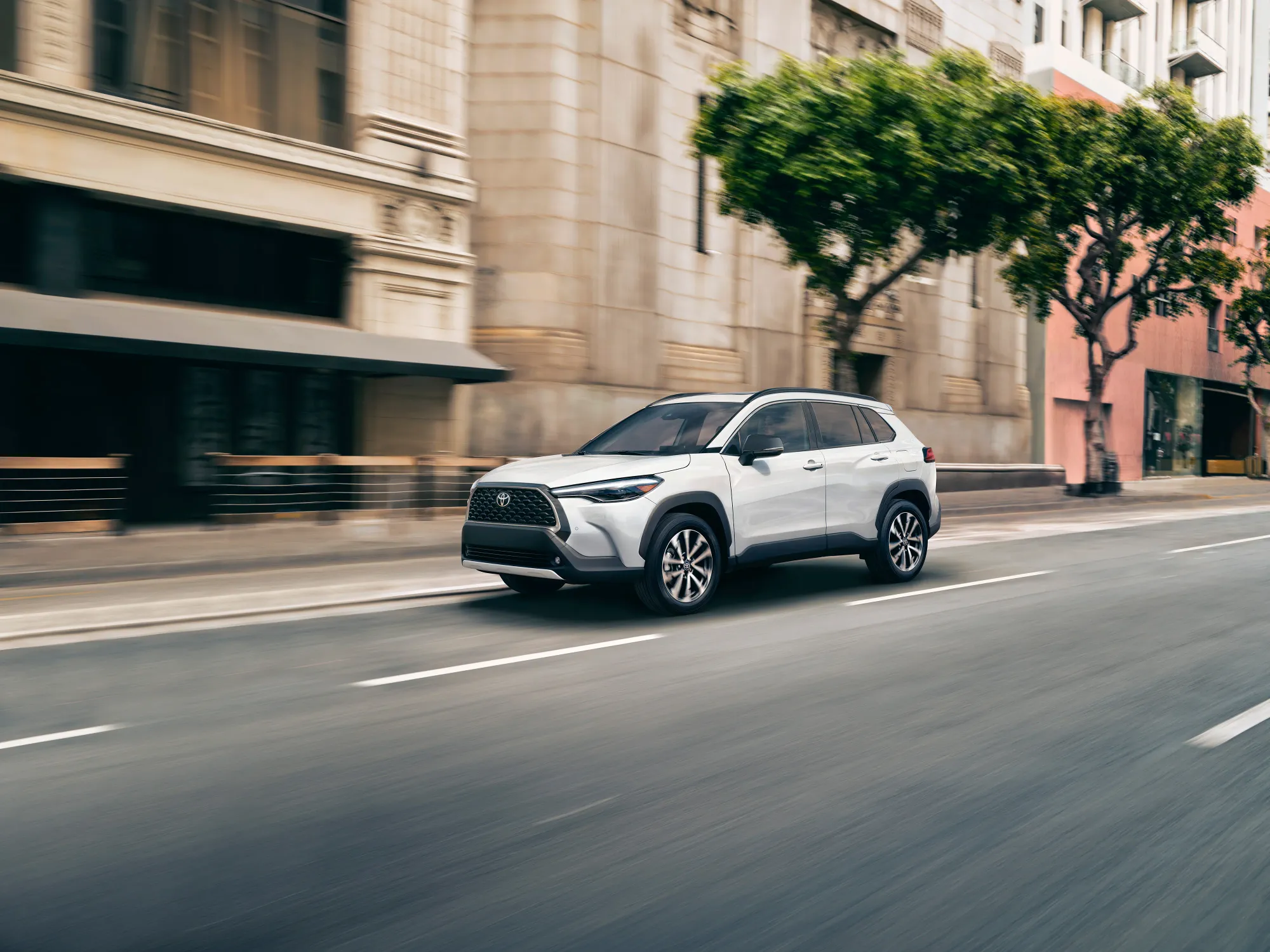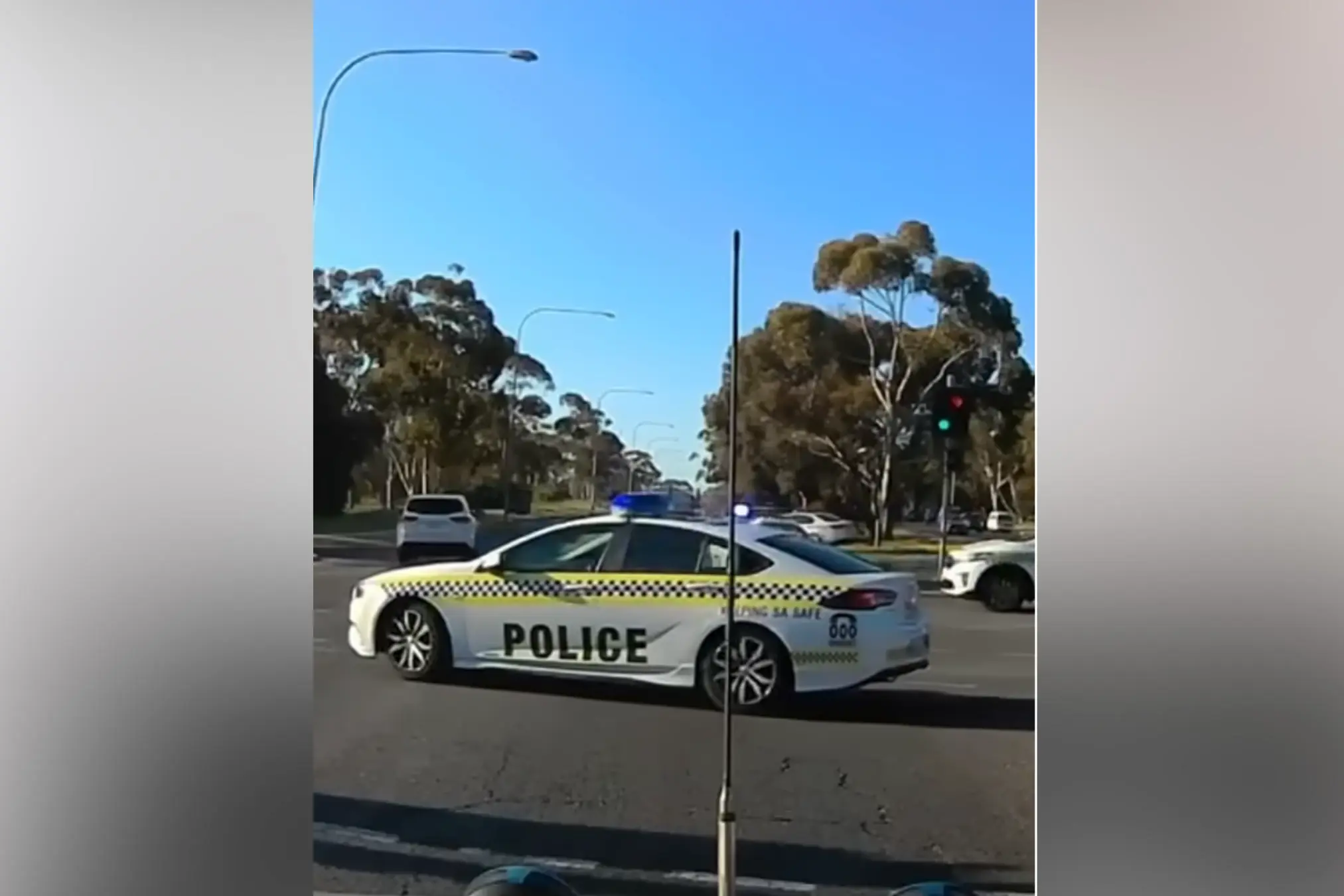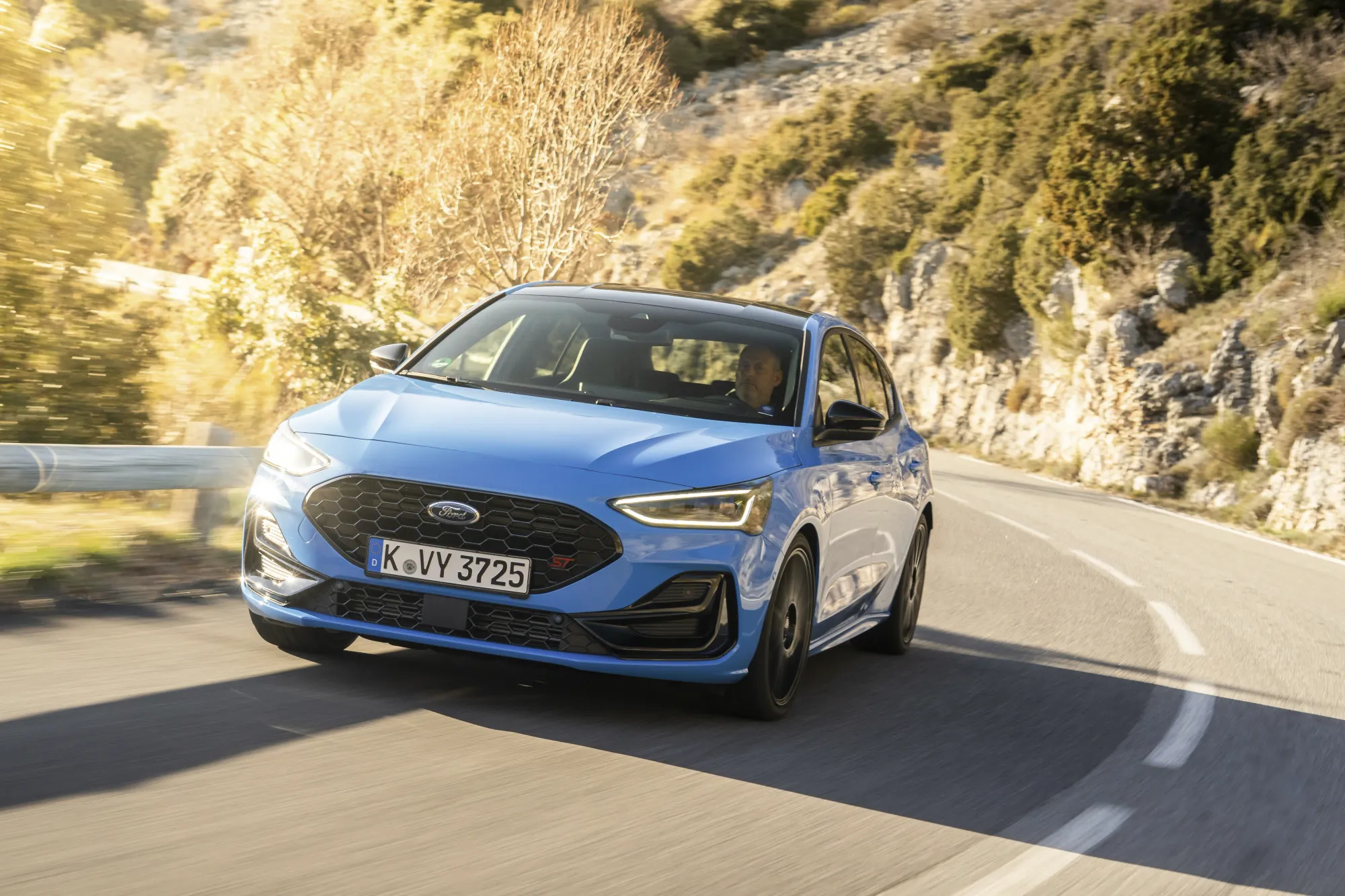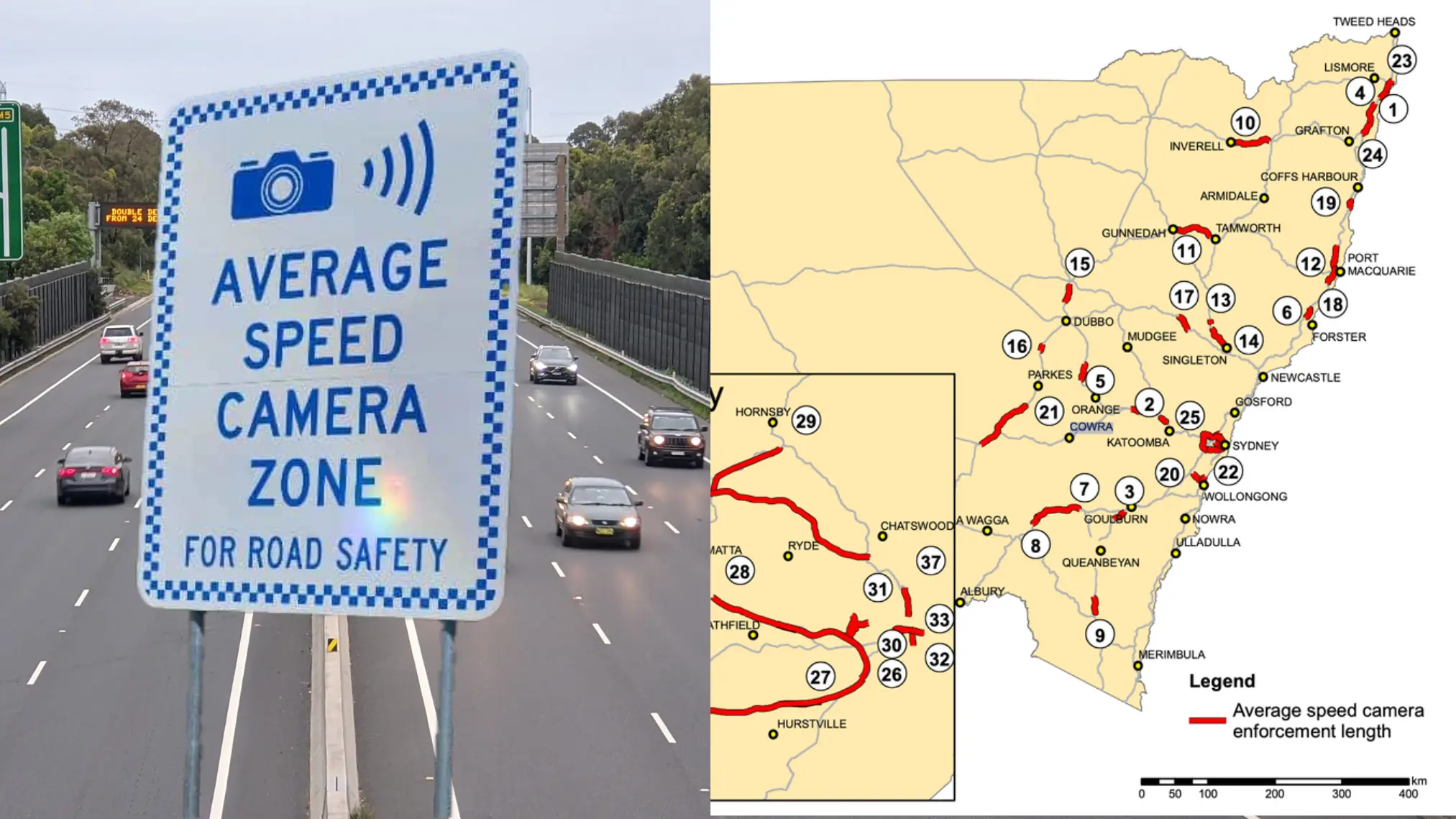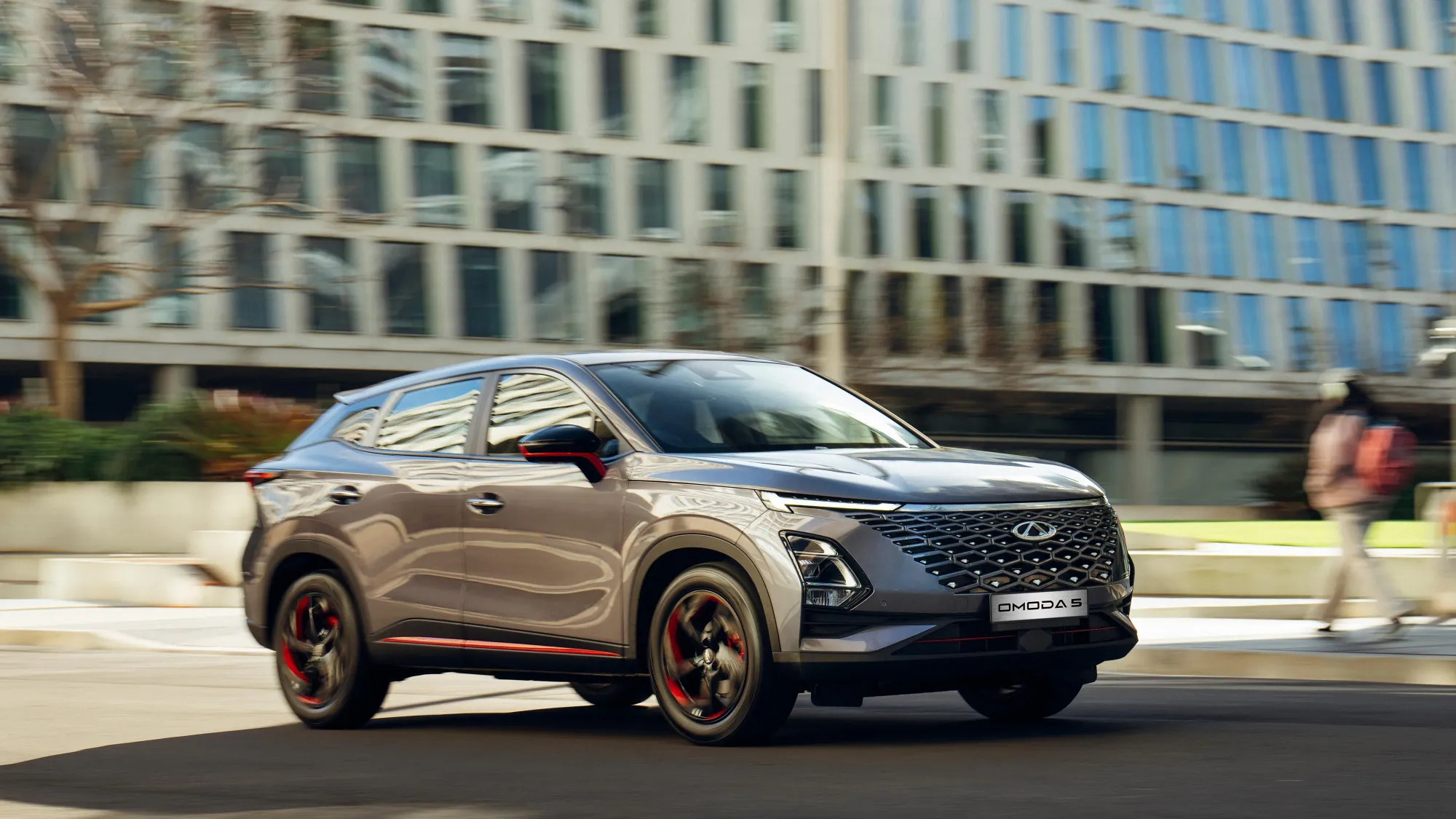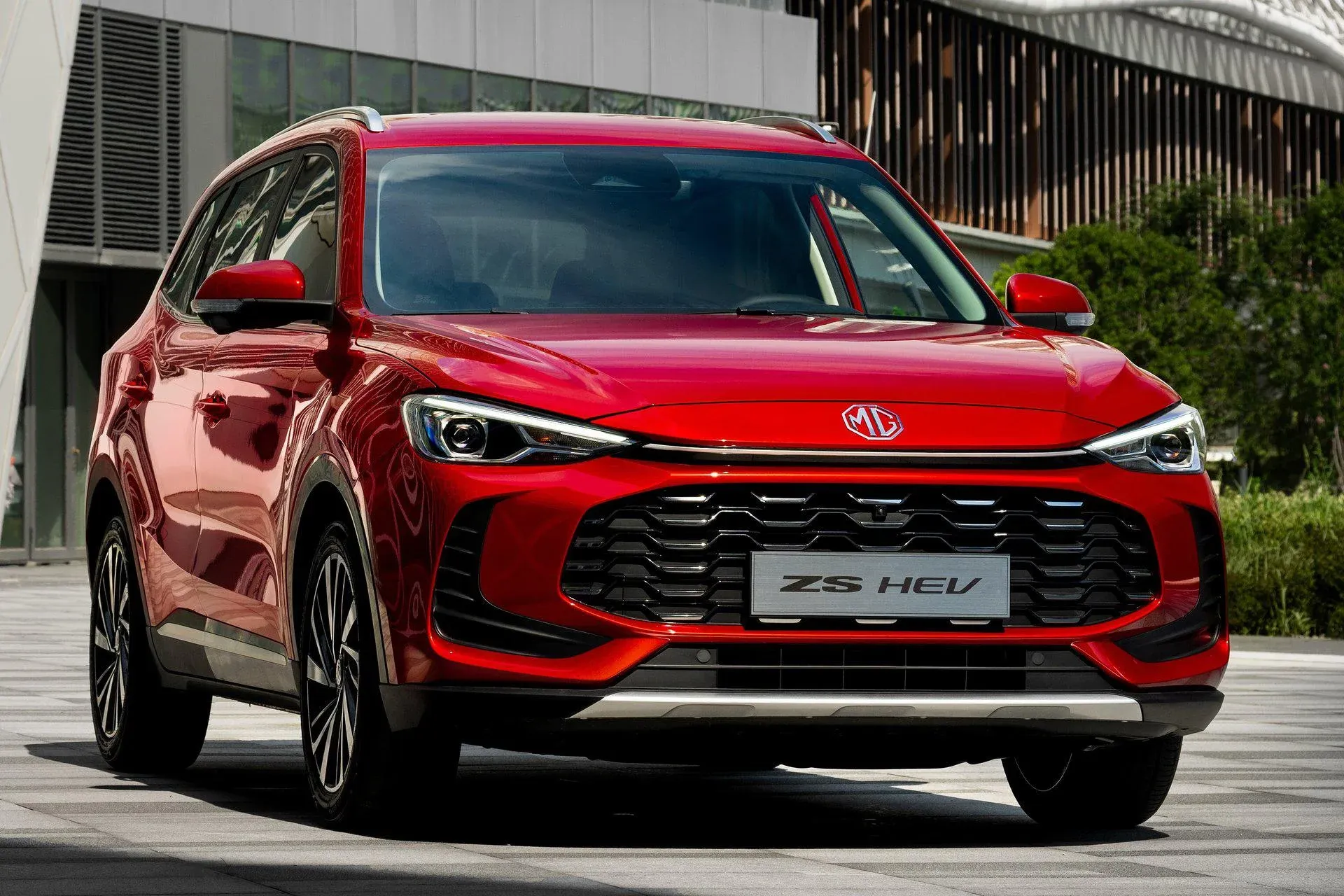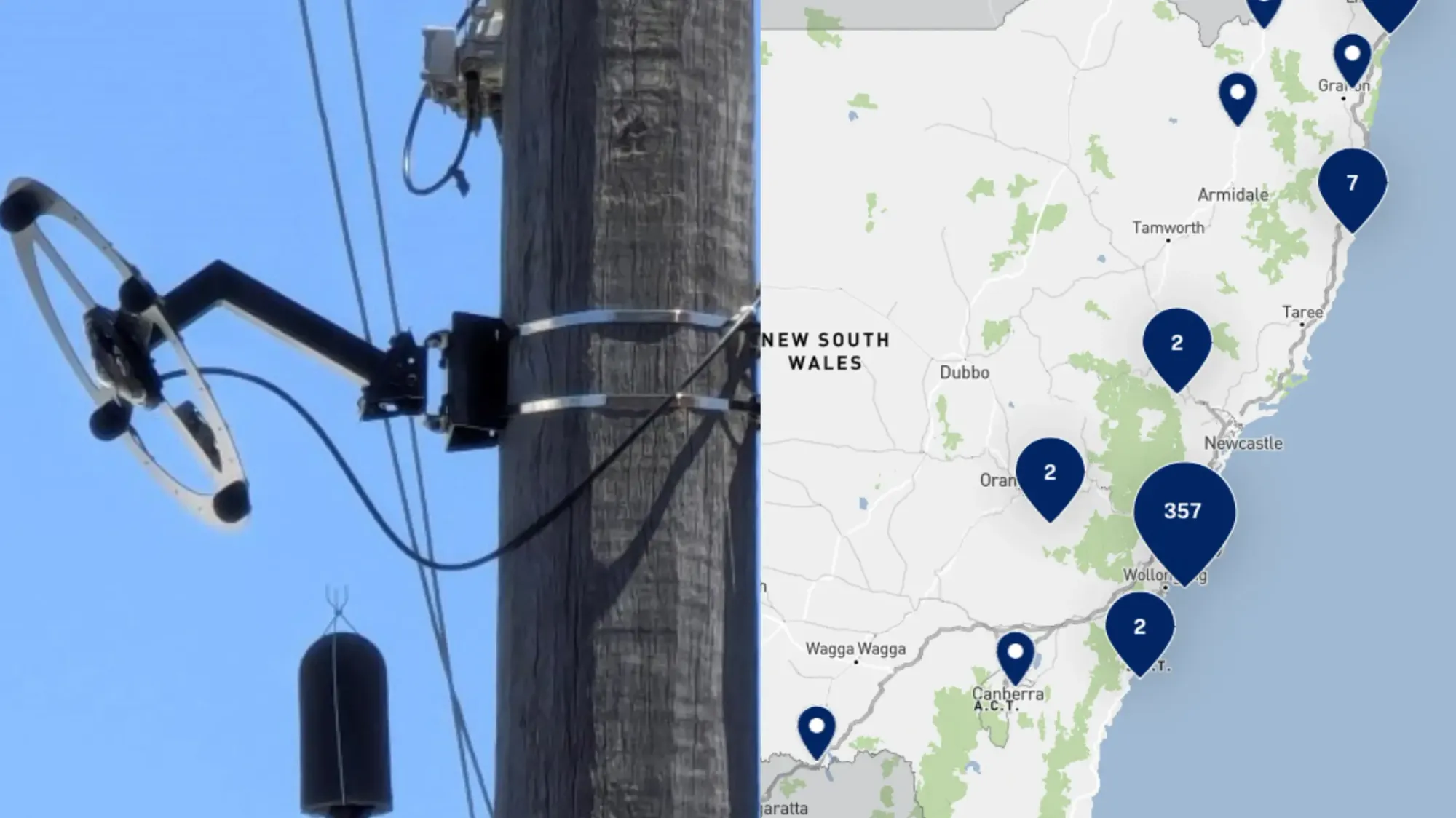Australia’s petrol price crisis has sparked calls for a national inquiry as motorists continue to grapple with soaring fuel costs.
New analysis from the National Roads and Motorists Association (NRMA) has highlighted Brisbane as one of the most expensive cities for petrol in 2024, intensifying calls for intervention by the Australian Competition and Consumer Commission (ACCC).
Brisbane Among the Most Expensive Cities for Petrol
According to NRMA data, Brisbane drivers paid an average of 195 cents per litre for petrol in 2024, surpassed only by Canberra at 196.3 cents per litre. Sydney and Melbourne followed closely, with averages of 191.1 and 190.3 cents respectively.
NRMA spokesperson Peter Khoury said the figures are a cause for alarm.
“There is no justifiable reason for our biggest cities to be among the most expensive — it just doesn’t pass the pub test,” he stated.
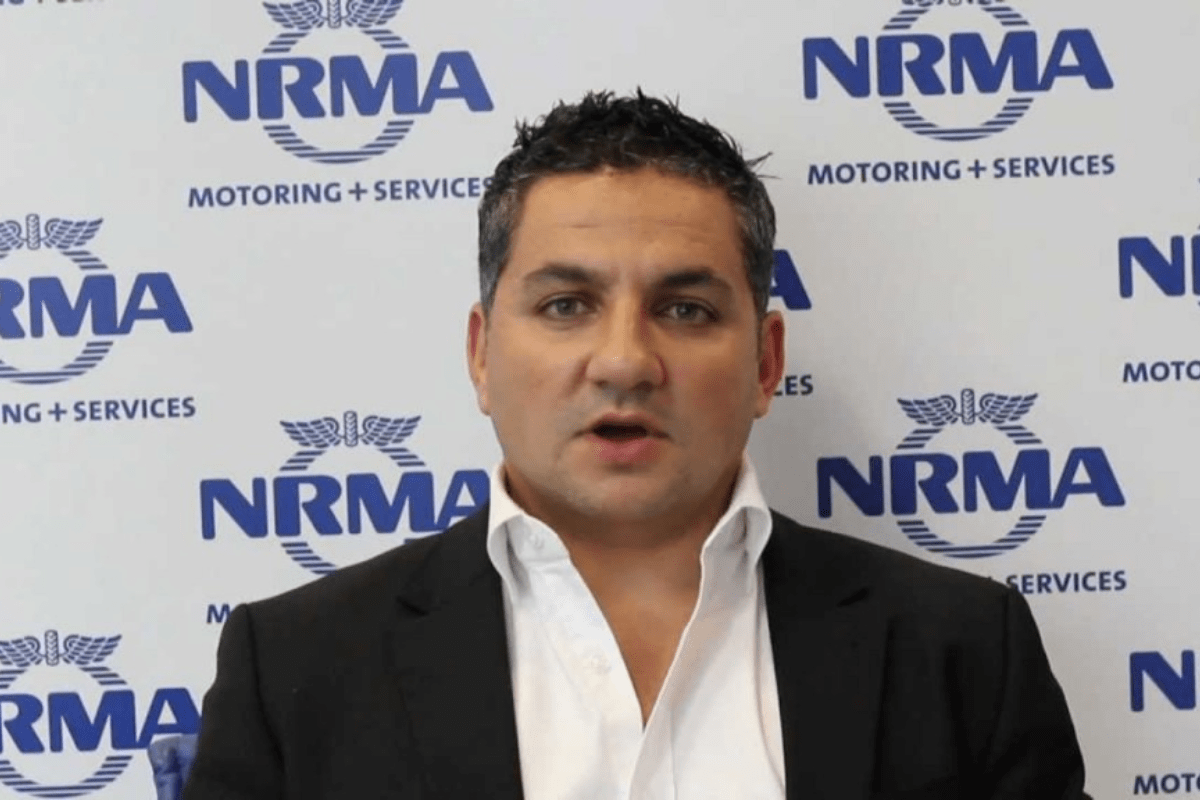
While Perth emerged as the cheapest capital city for petrol at 181.4 cents per litre, the contrast highlights glaring disparities in fuel pricing across the country.
Why Are Petrol Prices So High?
One of the key issues driving frustration among motorists is the unpredictability of petrol price cycles.
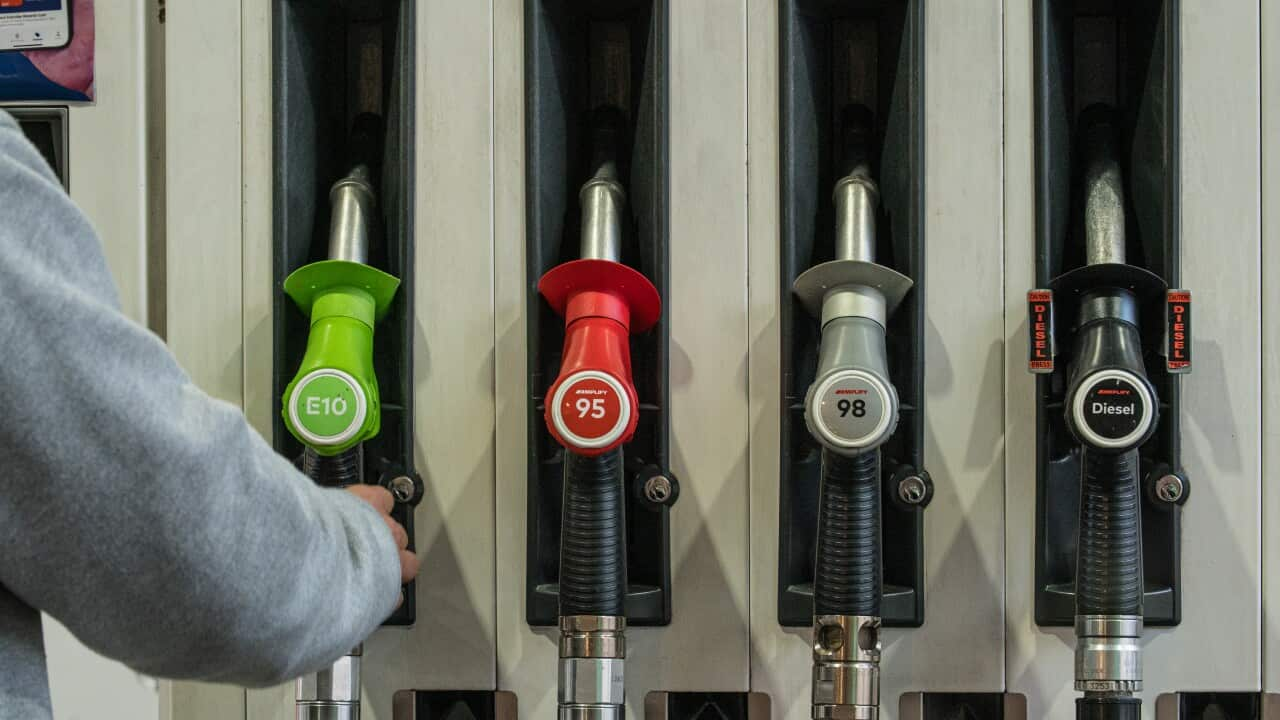
While Perth operates on a seven-day cycle, giving drivers a clear window to refuel at lower prices, cities like Brisbane, Sydney, and Melbourne face cycles that can stretch up to eight weeks.
“Artificially inflated prices don’t just hurt families, they also have a negative impact on the Australian economy at a time when cost-of-living pressures and inflation sit at the top of concerns for Australia’s policymakers and families alike,” Mr Khoury explained.
In Queensland, the RACQ noted that fuel price cycles have extended from weekly fluctuations in 2010 to cycles lasting up to 38 days in 2024. According to RACQ’s head of public policy, Michael Kane:
“Back then, motorists had an opportunity to fill up at a cheap price every week, whereas now there are only around nine opportunities a year to get cheaper fuel.”
This change forces families to pay significantly more for fuel annually. NRMA estimates show that Canberra’s higher average fuel prices cost families an extra $426 annually compared to those in Perth.
Calls for ACCC Investigation Intensify
The NRMA has urged the ACCC to launch a comprehensive inquiry into petrol pricing cycles in Brisbane, Sydney, and Melbourne. Queensland Transport Minister Brent Mickelberg echoed this sentiment:
“An ACCC inquiry, which the federal government would be in a position to initiate, may deliver some of those real solutions,” he said.
The federal government, however, claims that the ACCC already monitors petrol prices closely. A spokesperson for the federal treasurer said:
“We don’t want to see service stations take Australian motorists for mugs. Petrol prices decreased in the last quarter in the five major Australian cities, taking pressure off consumers who are doing it tough.”
Yet, critics argue that monitoring alone isn’t enough to address the underlying issues.
The Role of Fuel Price Cycles
Fuel industry representatives have pushed back against allegations of price manipulation. Mark McKenzie, CEO of the Australasian Convenience and Petroleum Marketers Association, said the longer price cycles in 2024 are due to broader cost-of-living pressures.
“Nothing is different, and nothing has changed other than the fact that the cycle has adapted a bit because of cost-of-living,” Mr McKenzie stated.
“To suggest somehow, someone’s got control over the total price is just absolute nonsense.”
Despite industry assurances, RACQ has suggested capping petrol price increases at 5 cents per day to create a more stable pricing environment for motorists. While Transport Minister Mickelberg expressed openness to the idea, he emphasized the need for sustainable solutions that wouldn’t exacerbate long-term costs.
The Bigger Picture
With Western Australia’s seven-day price cycle often lauded as a model for stability, many are questioning why similar systems can’t be implemented nationwide.
The current state of petrol pricing not only strains household budgets but also raises questions about the transparency and fairness of the system.
As the debate continues, motorists are left navigating a volatile market with few protections in place. Whether the ACCC will step in with an inquiry remains to be seen, but one thing is clear: Australians are demanding answers and action on fuel pricing.
What Can Drivers Do Now?
- Monitor Price Cycles: Apps like FuelCheck (NSW) and RACQ Fair Fuel can help drivers find the cheapest petrol stations nearby.
- Fill Up Smartly: For cities with longer cycles, take advantage of rare dips in petrol prices.
- Advocate for Change: Support calls for an ACCC inquiry to push for greater transparency and fairness in fuel pricing.
As Australians continue to feel the pinch of rising petrol prices, the push for reform is gaining momentum. Will the federal government take action, or will motorists be left stranded at the pump?
Also View
